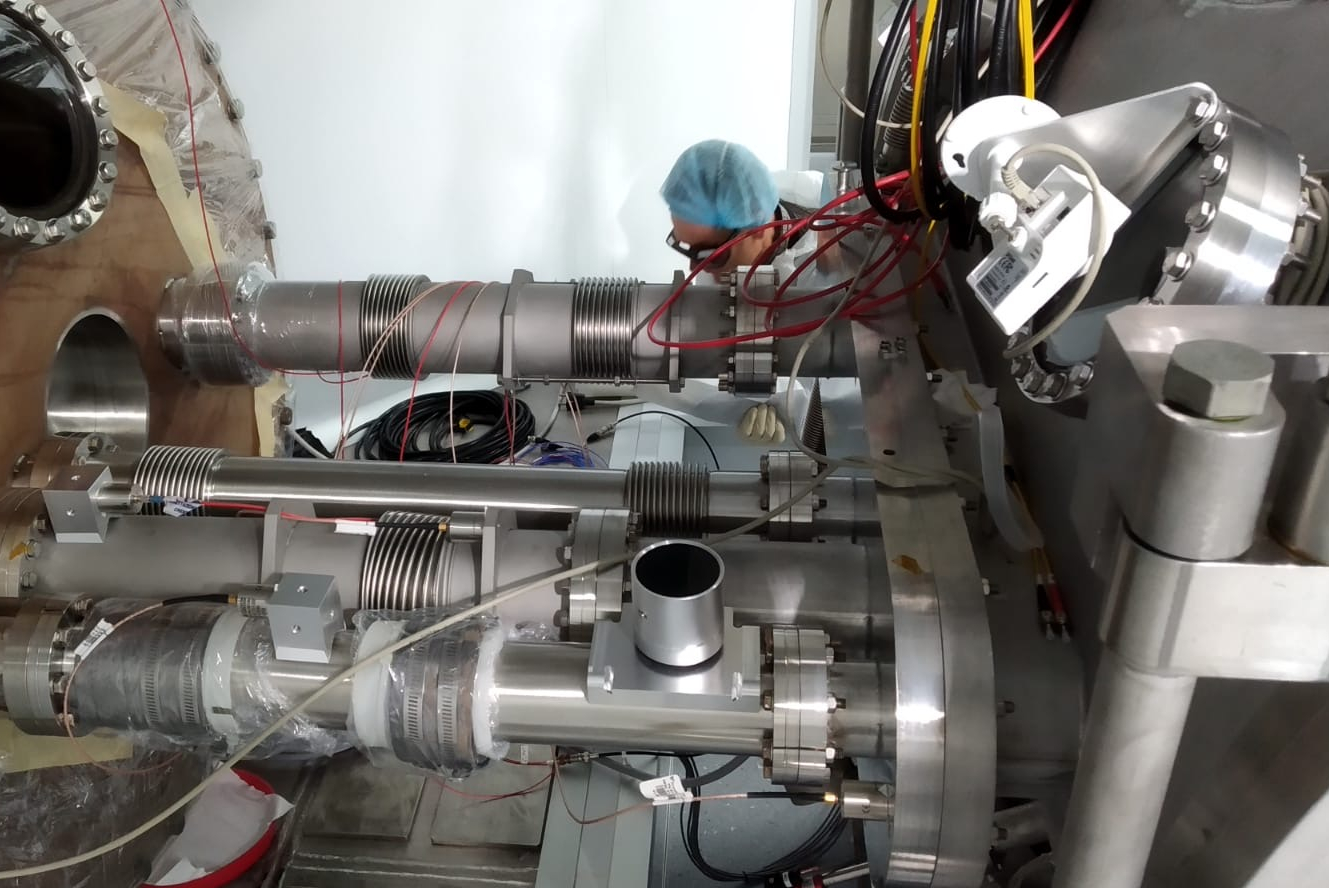O3 restarts
Image credit: EGO/Virgo Collaboration/Francescon
Advanced Virgo and the two Advanced LIGO detectors resume the taking of science data on the 1st of November, 2019, following a one-month-long stop. This event marks the restart of the third observation period, named O3, which started on the 1st of April, 2019. All three of the interferometers in the global gravitational-wave observatory paused O3 on the 1st October, 2019, in order to work on improvements to enhance the performance of the detectors.
On the Virgo side, the focus was on increasing the laser power injected into the interferometer, from 19 W to 26 W. This increase has been effective in improving the detector sensitivity at high frequencies, but has required a complete re-tuning of the interferometer.
Effort was also devoted to the study of selected noise sources. The lessons learned will be useful for the future operation of the instrument.
“The month of commissioning has been quite intense. We performed many activities, both to better understand the noise that limits the sensitivity and to handle a 30% increase in the laser input power”, says Matteo Tacca, researcher at Nikhef in The Netherlands, and the Virgo Commissioning Coordinator.
“We were able to find the sources of some of the noise limiting Virgo’s sensitivity. A few of them have been removed, while others require further measurements. Also mitigation strategies are under investigation. After a lot of work fine-tuning the interferometer, we were able to recover stable operation with higher input power”.
Many activities were also performed at the two LIGO detectors in the US, such as the installation of special fences at the Hanford site in order to reduce wind noise. For more information see https://www.ligo.caltech.edu/news/ligo20191104.
O3 will now run with no further interruptions until the 30th of April, 2020.

